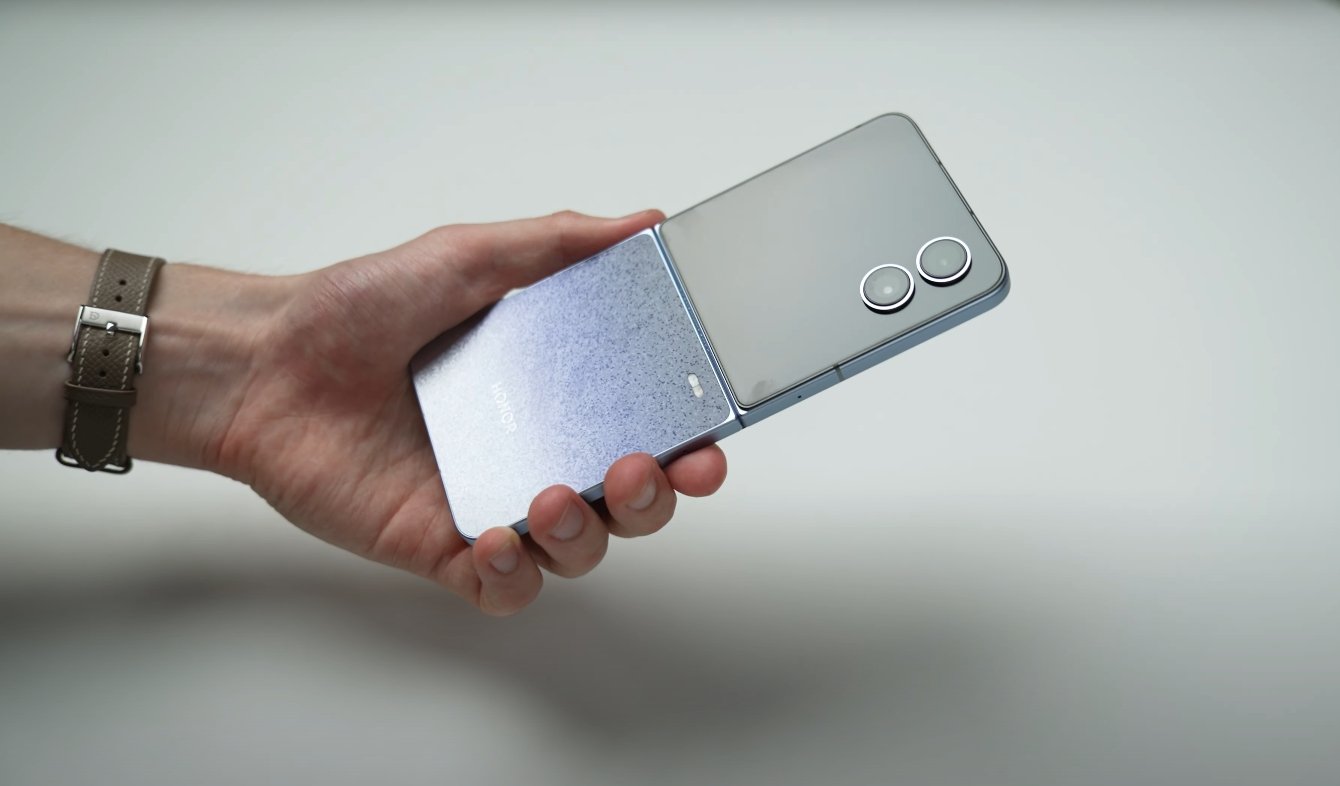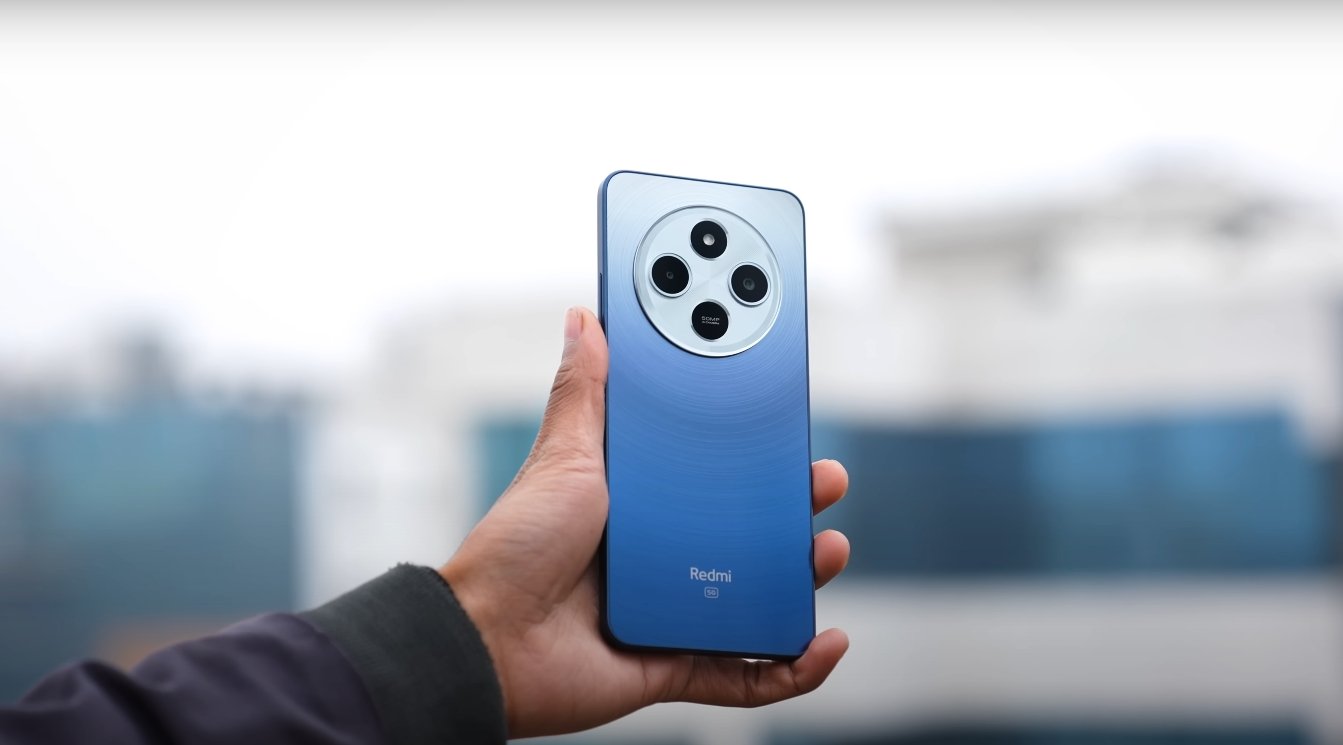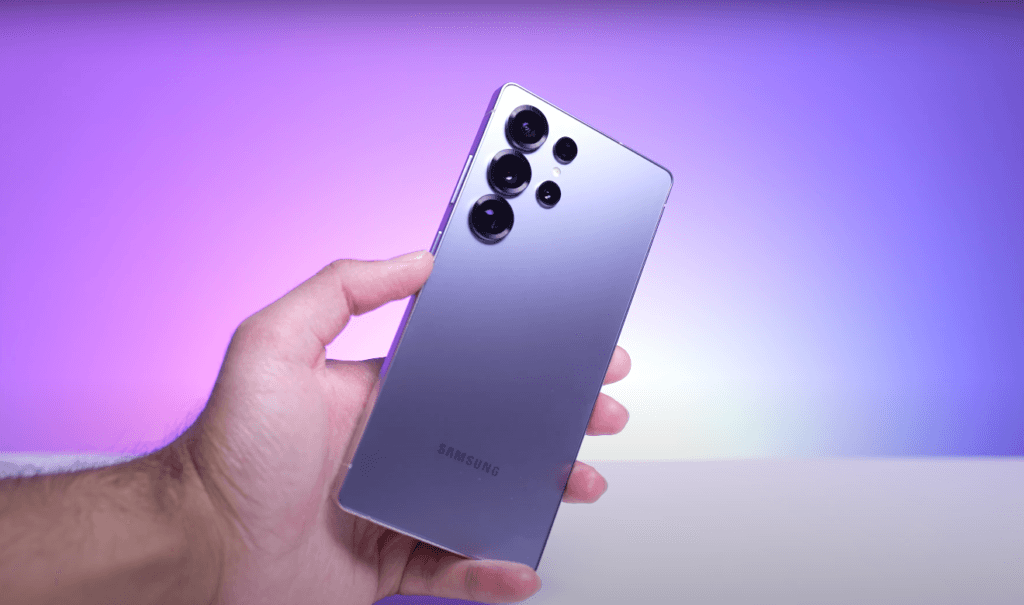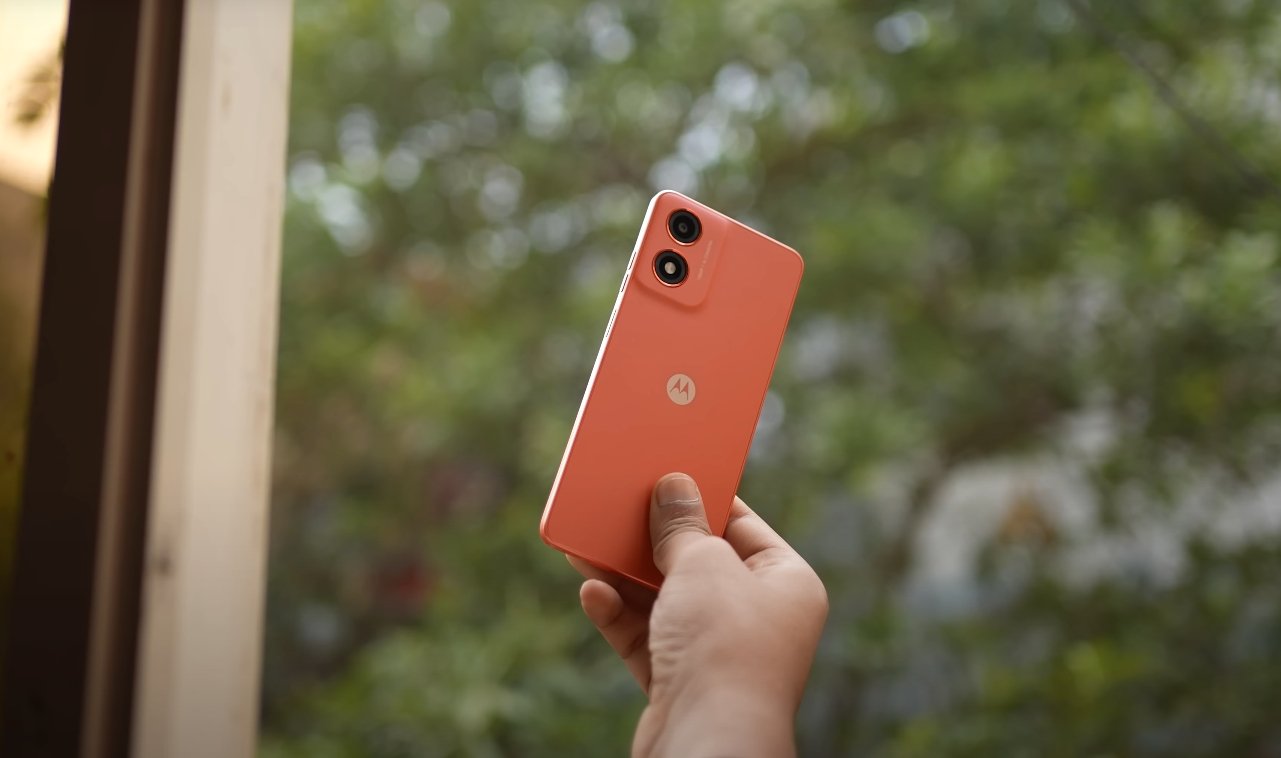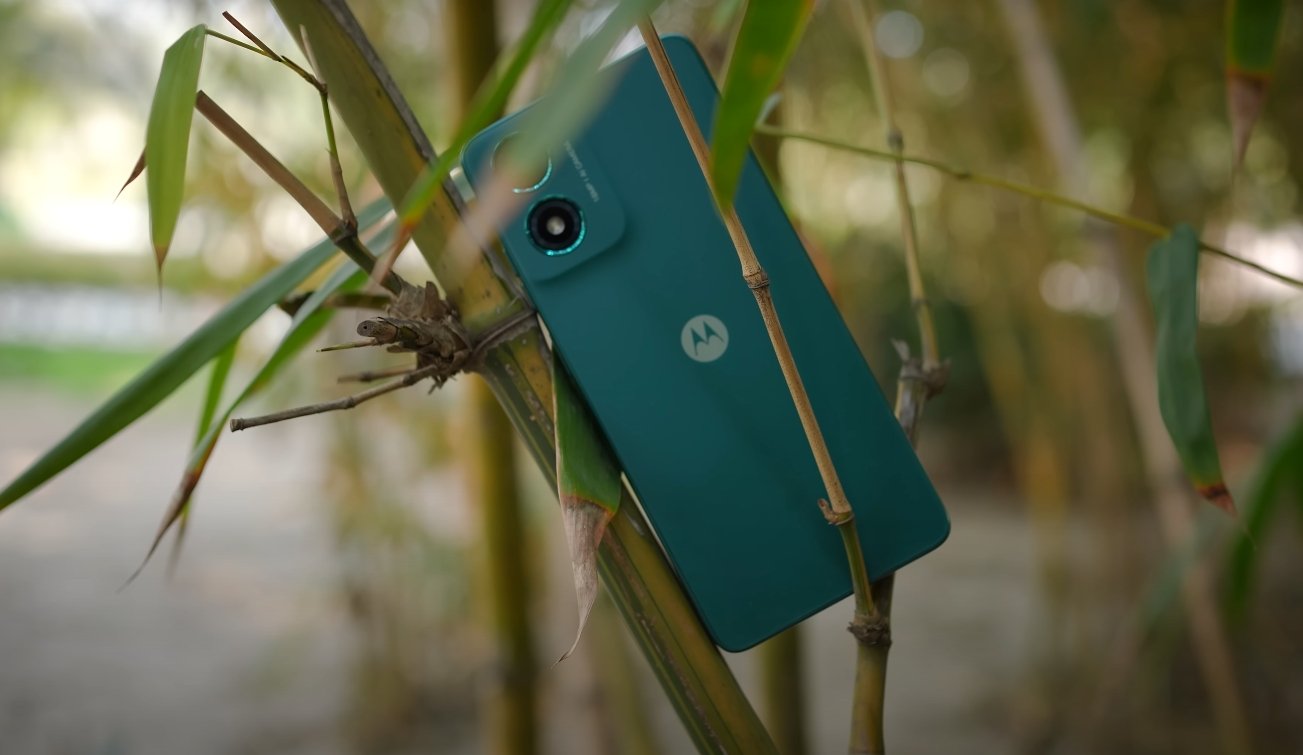Honor Strengthens Its Foldable Strategy in the United States
The Honor Magic V Flip 2 is beginning to gain momentum in the United States as reports indicate the company is working to expand carrier support. While the phone has already launched in China, its global push, including the US, depends heavily on how well it integrates with major American networks. For Honor, carrier partnerships represent the next critical step to ensure the Magic V Flip 2 has more than just a niche presence in the highly competitive foldable market.
One of the key challenges Honor faces is securing compatibility across the diverse 5G and LTE bands used by US carriers. Verizon, AT&T, and T-Mobile each rely on a combination of frequency ranges to deliver their networks, and passing certification requires rigorous testing. Industry insiders suggest that Honor engineers are actively optimizing the Magic V Flip 2’s firmware and radio systems to align with American network standards. The goal is to ensure reliable performance for everyday use, including high-speed data, VoLTE functionality, and WiFi calling.
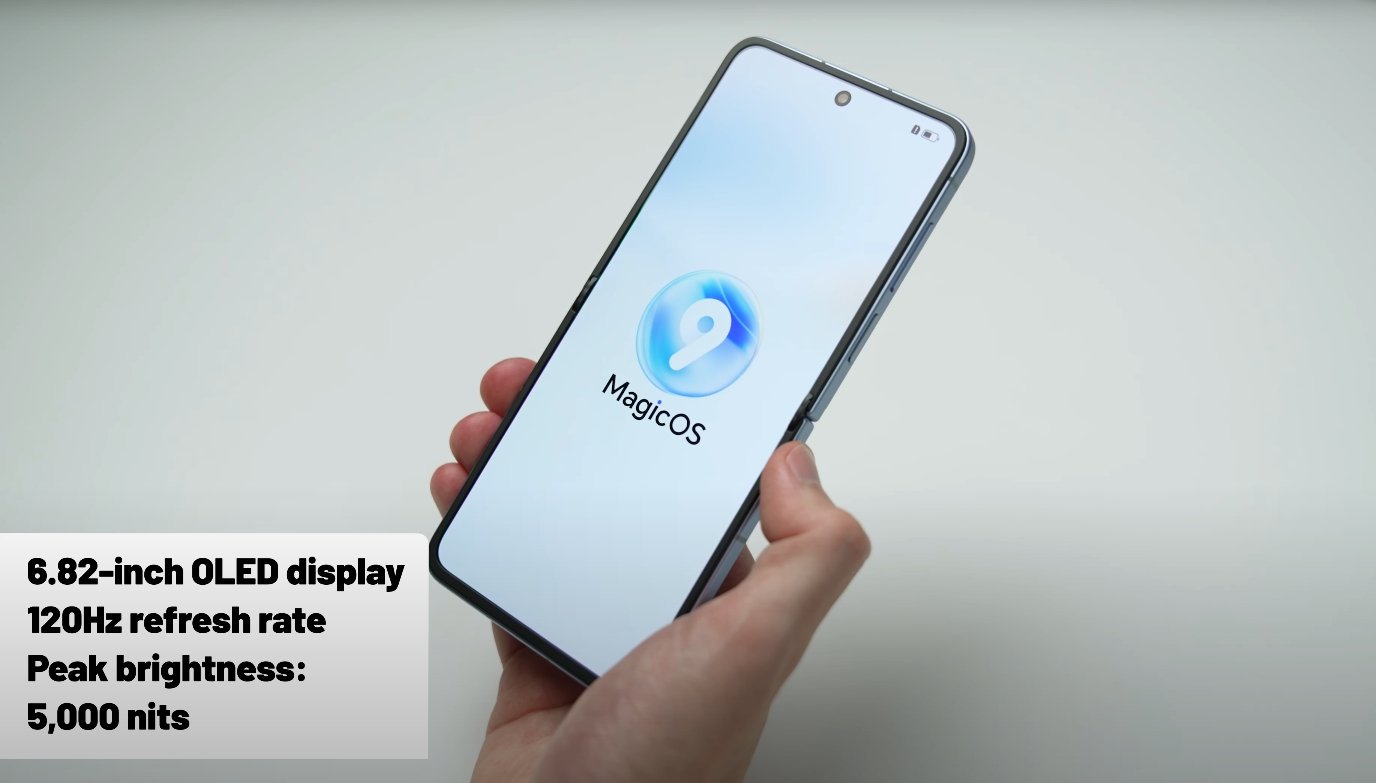
The importance of this carrier support cannot be overstated. In the US market, most mainstream buyers prefer purchasing devices through carriers, often on installment plans or bundled with trade-in offers. Without those partnerships, even the most advanced foldable would remain limited to online sales or unlocked imports, both of which restrict mass adoption. Honor’s focus on forging these relationships indicates the company understands the unique dynamics of the American smartphone market.
From a technical standpoint, early reports highlight that the Magic V Flip 2 is being tuned for mid-band and sub-6 GHz 5G, which forms the backbone of US coverage. While mmWave support remains unclear, the phone’s large 5,500 mAh battery and Snapdragon 8 Gen 3 processor suggest it is designed to handle intensive connectivity demands. Coupled with its 200MP main camera and premium folding display, ensuring broad network functionality could make the device a legitimate rival to Samsung’s Galaxy Z Flip series and Motorola’s Razr line.
On the business side, Honor is believed to be in discussions with major US carriers to secure not just technical approval, but also promotional support. If the Magic V Flip 2 becomes available directly through carrier stores, consumers could expect financing options, trade-in discounts, and promotional bundles that lower the effective entry price. Considering Honor’s strategy of undercutting premium foldable pricing in China, analysts believe the company may target a US retail range of $700 to $900, which would be significantly cheaper than most competitors.
This approach could reshape the perception of foldables in the United States. Until now, clamshell foldables have remained in the premium tier, often costing well over $1,000 at launch. By combining advanced specifications, solid carrier backing, and an aggressive price, the Magic V Flip 2 has the potential to make foldables more accessible to a wider American audience. The next few months will be decisive in determining whether Honor can overcome regulatory hurdles, finalize its carrier partnerships, and deliver on its promise of affordable innovation.
If Honor succeeds, the Magic V Flip 2 could mark a turning point not just for the company, but for the entire foldable segment in the US. With expanded carrier support, consumers may finally have a choice beyond the familiar names, setting the stage for stronger competition, lower prices, and faster adoption of foldable smartphones in the mainstream market.
